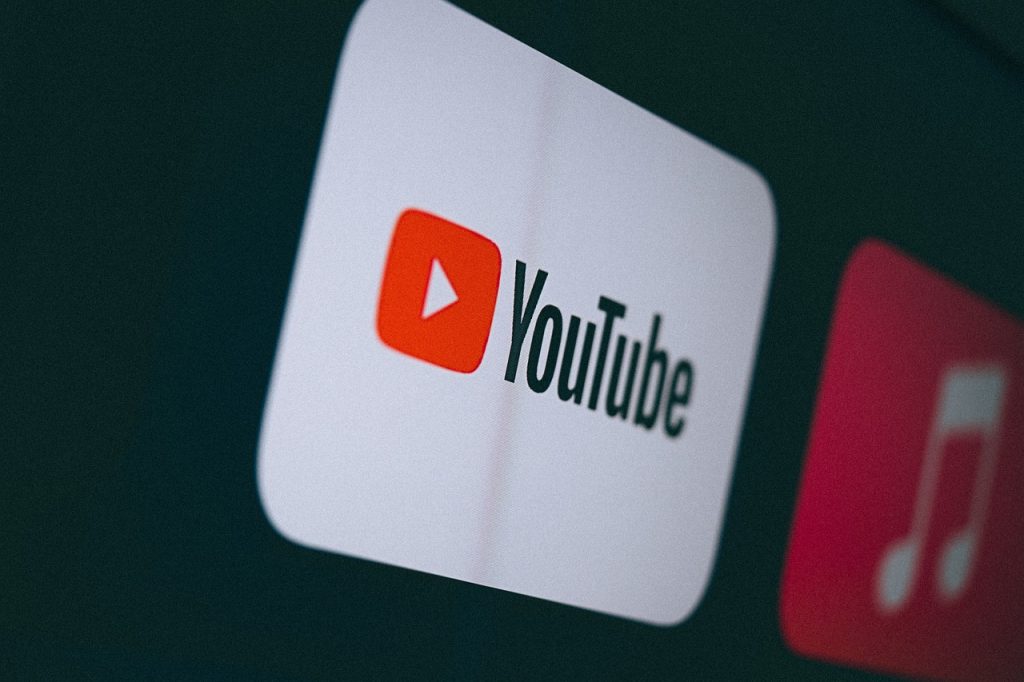Sushant Gupta
Is an Online Geek. Who Diggs out the different ways for how can we make money online. He has been earning through e-commerce sites for years and wants to share his experience with all.
YouTube Content Creators must soon adhere to updated platform policies on AI-generated or modified content. The goal is to balance leveraging AI...

Image Credits: pixabay
YouTube Content Creators must soon adhere to updated platform policies on AI-generated or modified content. The goal is to balance leveraging AI opportunities and ensuring user safety.
Big update! Creators must tell viewers if their content includes realistic AI-generated changes or synthetic media showing events or speeches that didn’t happen, like deepfakes. Mandatory labels for altered or artificial content will be in the description. YouTube even shared mockups to show how they might look.
An extra clear label may be needed on the video player for touchy topics like elections or disasters.
If creators don’t follow these rules, consequences can range from video removal to account suspensions or being kicked out of the YouTube Partner Program. YouTube assures creators they’ll work closely to ensure everyone understands before rolling out these changes.
On YouTube, you can ask to take down AI-generated content that uses someone’s face or voice without permission, especially deepfakes mimicking distinct vocal patterns or appearances.
For music partners, there’s a new feature to request takedowns of AI-generated music imitating an artist’s voice. When reviewing removal requests, YouTube will weigh factors like parody, public interest, and newsworthiness.
YouTube Content Creators use AI to boost human moderation. Machine learning quickly spots emerging abuse on a large scale. Generative AI expands training data, helping YouTube catch new threats faster and minimize harmful content exposure for reviewers.
YouTube prioritizes responsibility over speed in creating new AI tools for creators. They’re putting safeguards to prevent AI systems from generating content that violates policies. The focus is on learning and enhancing protections, using user feedback and adversarial testing to tackle attempts at abuse.
YouTube has a few tricks for enforcing the new requirements, although they only spill some details.
Expect a mix of human and automated enforcement.
YouTube might train its content moderation systems to flag videos resembling AI-generated content without proper disclosures.
Random checks on partner accounts uploading AI content could also catch rule-breakers.
Crowdsourcing enforcement, letting users report undisclosed AI material, is another approach.
No matter the method, sticking to consistent enforcement is critical for establishing expectations and norms around disclosure.
Recommended:
How to Use AI Writing Tools to Boost Your Content Creation Efficiency?
AI Copywriting Tools: Your Secret Weapon for Persuasive Content.